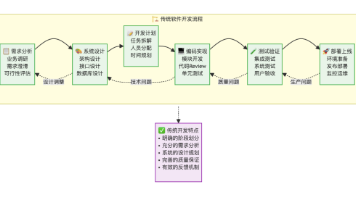Array.form方法的使用
arguments本质就是将伪数组转为数组进行使用。
·
本质就是将伪数组转为数组进行使用
1.转换 arguments 对象
function sum() {
const args = Array.from(arguments);
return args.reduce((acc, num) => acc + num, 0);
}
console.log(sum(1, 2, 3)); // 输出 62.转换 DOM 集合
const divs = document.querySelectorAll('div');
const divArray = Array.from(divs);
divArray.forEach(div => console.log(div.textContent));3.生成长度为 5 的数组
const arr = Array.from({ length: 5 }, (_, index) => index + 1);
console.log(arr); // 输出 [1, 2, 3, 4, 5]4.处理可迭代对象
const set = new Set([1, 2, 3]);
const array = Array.from(set);
console.log(array); // 输出 [1, 2, 3]const str = 'hello';
const chars = Array.from(str);
console.log(chars); // 输出 ['h', 'e', 'l', 'l', 'o']5.结合映射函数处理元素
const numbers = [1, 2, 3];
const squares = Array.from(numbers, num => num ** 2);
console.log(squares); // 输出 [1, 4, 9]6.与 Array.prototype.slice.call() 的对比
我们发现更加使用一些,简介一些用Array.from()
const args = Array.prototype.slice.call(arguments);更多推荐
 已为社区贡献3条内容
已为社区贡献3条内容









所有评论(0)